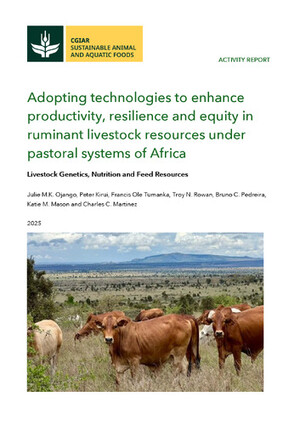
Low-Methane Forage
Productive, nutritive, drought tolerant and anti-methanogenic feedstock developed and deployed for reducing enteric methane emission from livestock systems in the Global South.
Overview
To discover and deploy high-yielding, tropically adapted forages that also increase cattle enteric methane mitigation and improve the productivity and production efficiency of small-scale livestock farmers and pastoralists.
The project focuses on three key areas of:
- identifying and promoting forage legumes with high levels of AMC directly into ruminant production systems in the Global South through existing partnerships and through new public-private-partnerships (PPP);
- breeding a CH4 reducing trait into widely used forage-grass cultivars, either via conventional or precision-breeding (gene-editing) approaches; and
- enabling deployment of AMC-rich forages into forage-based livestock (ruminant) systems (including cattle grazing and cut and carry smallholder systems) through different scaling approximations and impact investments that will facilitate in a second phase of the program a rapid, inclusive adoption in target regions in the Global South.
Expected Outcomes
This project aims to use a unique partnership between science (3 CGIAR centres namely ILRI, ICARDA and the Alliance of Bioversity and CIAT), philanthropy, and public and private sector partners to screen, develop, and deploy forages (legumes and grasses) enriched with anti-methanogenic compounds (AMC) for use in livestock systems (both pastoral and cut-and-carry systems) to cost-effectively reduce methane (CH4) production in cattle rumen, while maintaining or improving forage and animal productivity.
Forages enriched with AMC may serve as an elegant feeding strategy for countries in the Global South for reducing emissions from livestock





